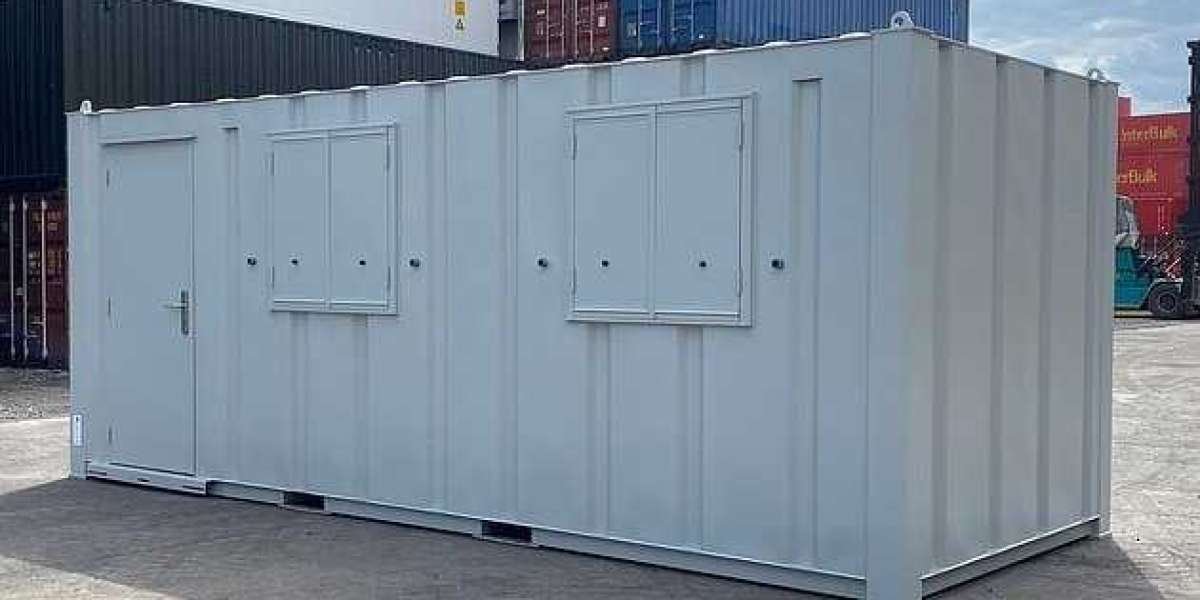Confined areas can be unique environments that can be filled with a range of dangers. These can include oxygen deficiency, toxic atmospheres, explosive atmospheres, and physical hazards.
 Because these areas are restricted and are not accessible to the public, they can cause problems with communication, accessibility and rescue. The best option is avoid entering these areas unless it is absolutely necessary.
Because these areas are restricted and are not accessible to the public, they can cause problems with communication, accessibility and rescue. The best option is avoid entering these areas unless it is absolutely necessary.Training
It is crucial that employees who work in confined areas are trained to recognize hazards and take the appropriate precautions. This training is an excellent way to avoid accidents and ensure that employees are prepared in the situation of an emergency. The training covers topics such as entry procedures and permits. It also includes warning signs and personal responsibility, air monitoring equipment and potential hazards.
Workers must be taught basic emergency procedures that can be used in the event of a confined space emergency. These include locking and marking the piping as well as testing the air quality for breathing and forcing ventilation, as well as making sure emergency personnel are ready.
While this training is an excellent idea for any employee who be in confined areas, it's especially necessary for those who regularly visit these areas. These include entrants, attendants, and supervisors. It's also a good idea for representatives of controlling contractors hosts, host employers, and safety officers at construction sites with confined areas to undergo this type of training, as they'll be accountable for implementing the proper entry procedure.
The course is focused on a variety of hazards, including lack of oxygen, toxic gases and fires. It teaches how to use special equipment like self-rescue equipment and emphasizes the importance keeping a clear mind during emergency situations. It also covers important protocols, such as making sure the area is safe to enter and maintaining communication with an outside party during a confined space emergency.
In addition to the training mentioned above There is also a tool that can complement theoretical training to add an immersive and real-life component called virtual reality. This technology provides trainees with the chance to experience the process of entering a confined space with VR glasses. The trainer controls the simulation, but the user makes decisions within the scenario to enter a real enclosed space without risking their lives.
A mobile container is an excellent method to simulate conditions in confined spaces. The mobile container is utilized in a variety of industries, such as mining and the energy sector. It is also used by law enforcement, firefighters, and other emergency response teams to develop skills in hazardous situations.
Ventilation
Ventilation is the process that circulates air to eliminate harmful contaminants in confined spaces. It can be done in a variety of ways, but the aim is to keep oxygen levels at an acceptable level and keep levels of contaminants below their LEL (above their upper explosive limit). It is also crucial that the air moving through the space is safe - that is, it hasn't been exposed to harmful substances or hydrocarbon gases that could create an explosive atmosphere.
The most significant risk in enclosed spaces is the accumulation of toxic gases or oxygen depletion. The confined spaces could be hazardous due to other risks like biological and chemical exposure, fire hazards, the possibility of engulfment, and other physical and mechanical hazards. Before any work is done in a confined area, a risk analysis must be conducted. This will identify any dangers and determine the appropriate control measures needed, such as ventilation.
It is essential to conduct a thorough inspection during the risk assessment in order to ensure that the area is in compliance with the entry requirements. This inspection will include evaluating the entry and exit points, and determining if there are liquids or free-flowing substances that could entangle, or suffocate, a worker. It will also identify the potential for fire hazards and chemical and biological exposure.
After the risk assessment, an Confined Space Entry Permit is required. A plan for the work should also be developed. The plan should contain the specific method of ventilation in the confined space, as well as the necessary equipment to be installed in the area.
If the space is an old shipping container that was used for an outdoor storage area the building, it must be altered to allow for sufficient airflow.
This will require constructing an entry point for the space, as well as ducting that will remove any contaminants present. The ducting must be designed to allow the appropriate amount of airflow to be achieved taking into consideration the size of the area, the type and quantity of contaminants and their exposure limits. A ventilator should be selected that can provide a minimum of 20 air changes/hour in order to be effective.
Atmosphere
Gases, vapors, and fumes in tight areas can be dangerous without adequate ventilation. In addition, even household cleaning products can release toxic fumes in an enclosed space.
A lot of confined spaces can accumulate methane, a natural gas that forms from decomposition of organic material. The gas is produced by sewers, manure pits, and underground storage tanks. Carbon monoxide can also be produced by combustion-powered equipment.
A hazardous atmosphere can be caused by flammable liquids, gases, a suspended state of combustible particles in air or an oxygen deficient environment. These atmospheres can trigger an explosion or fire, and workers could die instantly. Free-flowing solids or liquids pose a risk to those who enter, resulting in drowning or asphyxiation. The danger is exacerbated when an entrant becomes engulfed by the flowing material and cannot escape.
People who work in confined areas must carry portable gas monitors that direct-reading can examine toxic and flammable gases and oxygen levels. It is important to understand that a contaminant can only create a hazardous atmosphere if its concentration exceeds TLVs or if a worker cannot escape the space without assistance.
A dangerous atmosphere can turn fatal when the oxygen level drops below 19.5 percent. This lower level is known as an oxygen deficient atmosphere. Since contaminants such as carbon monoxide and hydrogen sulfide cannot be seen, it is difficult for workers to recognize them.
To ensure that the instrument is functioning properly the instrument should be inspected at least every five minutes. A wire may break, sensors can become loose or a trimpot may shift. All of these can influence the reading. This is also true for electrical instruments, which must be checked for voltage and continuity. Workers should wear PPE like safety harnesses, respirators or lines of support in the event they need to escape dangerous situations. A plan for rescue in an emergency must be in place and workers should be always within sight of a qualified professional.
Accessible
If it's an attic space or crawl space, or even a small storage compartment the workers who are entering these areas must follow specific safety standards and communicate with an attendant designated. The reason is that these restricted spaces pose a risk that can be exacerbated in the event that the worker does not properly prepare for the work.
The main causes of confined space accidents are inadequate training, inexperience and disregard for permit conditions, as well as the absence of rescue procedures. This last aspect is particularly crucial, considering that three of the five people killed in accidents involving confined space are rescuers. That is because it's easy for hazards to be carried into the space, or the atmosphere can quickly become dangerous due to lack of oxygen, dangerous materials or other environmental issues.
A confined space can be defined as any space that meets one of four criteria: it's fenced off, difficult to access and contains a hazard that could kill someone within less than 10 minutes. It can also be difficult for outsiders to reach those inside in case of an emergency. These include small grow rooms, commercial freezers, keg coolers tunnels sewers, water tanks, silos and access shafts.
The workplace will require specific equipment for workers who work in these places regularly. These tools and technologies can help to make the job more efficient and safer, while also helping reduce the risk of injuries and deaths. The camera-on-a-stick is a good example. It allows workers to lower the camera to a restricted area to get images underneath and around objects without having to enter the space.
Another essential piece of confined space equipment is a portable gas monitor. This device is able to detect dangerous levels of gases in the air that could pose a threat to the safety of those working in the. It can be used to identify possible sources of danger, like leaky pipework or an alarmingly lower oxygen level.
There are also a number of other technologies and tools that can be employed in confined spaces to improve the efficiency of inspection and repair jobs. Workers who need to complete complicated maintenance tasks in tight spaces can make use of a tiny robot to collect data. A holographic display can assist in identifying the location of any dangers and how to best avoid them.







